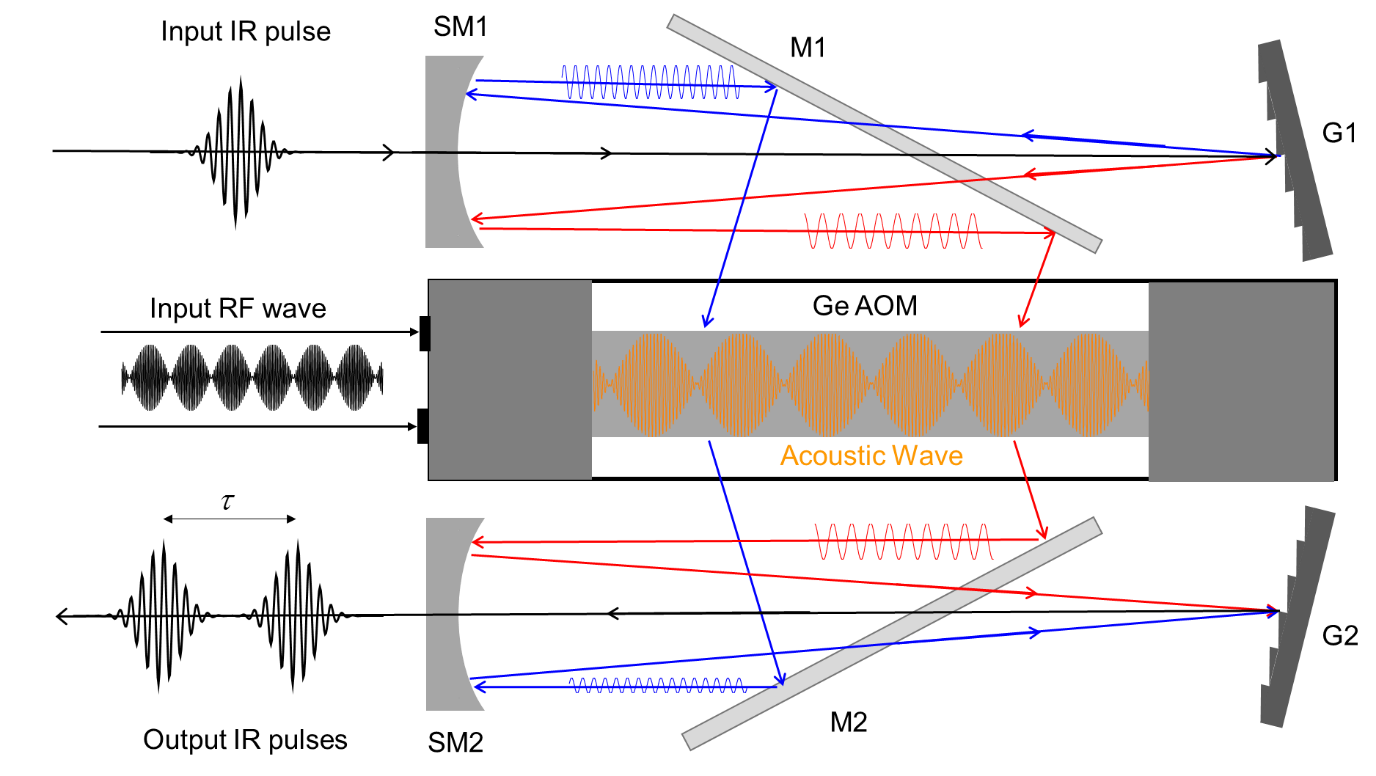

It has the most intense color, and we know from experience that more intense color corresponds to a stronger taste and least milk.

Which of them contains the coffee with the weakest milk flavor? Look at the three glasses of coffee below. To explain how an NIR instrument can see the difference between 10% moisture and 10.5% moisture we again use an analogy. We already know that, and what we want to know is the level of fat and moisture. Of course it is not enough to know that there is fat or moisture in our material. We cannot see this as we cannot see infrared light, but the NIR instrument can, and it can recognize that there is moisture and fat in the material it analyzes. In the same way, components such as moisture or fat which we want to determine when we measure with infrared light, have their unique infrared colors. To paint these colors, the artist used two different chemical pigments – and just by observing their colors, we can identify them as being different from each other. In the painting below we can see that the lemons are yellow wand the limes are green. To explain how it works we will use an analogy to how we humans investigate objects we see, by looking at their colors. NIR instruments use infrared light to analyze materials. These benefits often mean that the investment in an NIR instrument is paid back in less than one year, through improved efficiency and quality improvements.
Gaussian software near infrared how to#
Easier to use – It only takes a few minutes to learn how to operate an NIR instrument, and analysis can be performed confidently by plant personnel and temporary workers.Lower cost – Much less manpower is required, no chemicals are used, and one instrument can determine multiple parameters in a sample.Faster – NIR gives results in seconds rather than hours.

Over the years it has become very widely adopted worldwide, as it offers signification benefits over the chemical analysis methods it replaces. NIR is the commonly used term for Near InfraRed spectroscopy, an analysis technique which has been used in the food and agricultural industries since the late 1970s.


 0 kommentar(er)
0 kommentar(er)
